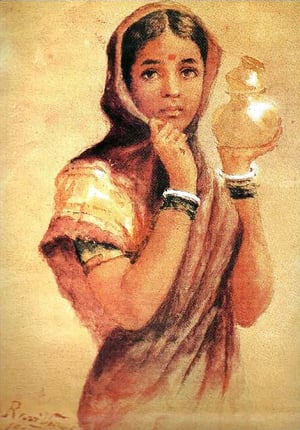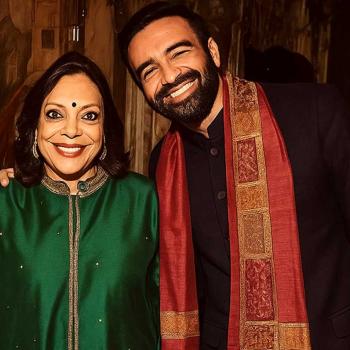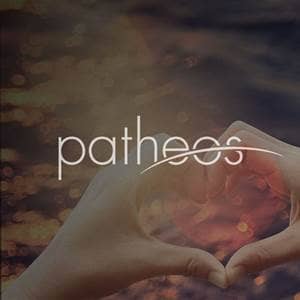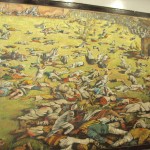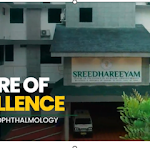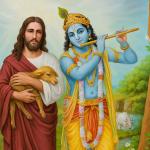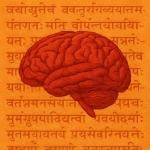In houses and apartments across L.A., people are gathering together to practice a little-known, but growing, devotional ritual called kirtan.
Somewhere between a singalong and a group meditation, kirtan (KEER-tan) is a call-and-response spiritual practice that has roots in Indian religions, including Buddhism, Hinduism and Sikhism. It was introduced to America in 1923, at a performance in Carnegie Hall. Since then, it has transitioned from an exotic performance to a common practice.
Many of the people practicing kirtan are not otherwise religious. Like meditation or yoga, it is accessible to anyone. Krishna Das, an American-born kirtan performer, is one of the people bridging the spiritual practice and mainstream American culture.
“He’s been a lot of people’s entry — for Westerners — into the power of devotional singing,” said Australian pop singer-songwriter Ben Lee, a kirtan enthusiast.
Das, born Jeffrey Kagel, became a student of spiritual teacher Ram Dass in 1969 and traveled to India with him in 1970. There, Das encountered his guru, Neem Karoli Baba, known to most as Maharaj-ji.
Under Maharaj-ji’s guidance, Das adopted his new name and began chanting as part of following the path of Bhakti yoga — the yoga of devotion. In 1971, shortly after Das returned to the U.S., Neem Karoli died.
“I went through a lot of years of really dark unhappiness,” Das said. Eventually, though, he found his way back to kirtan.


